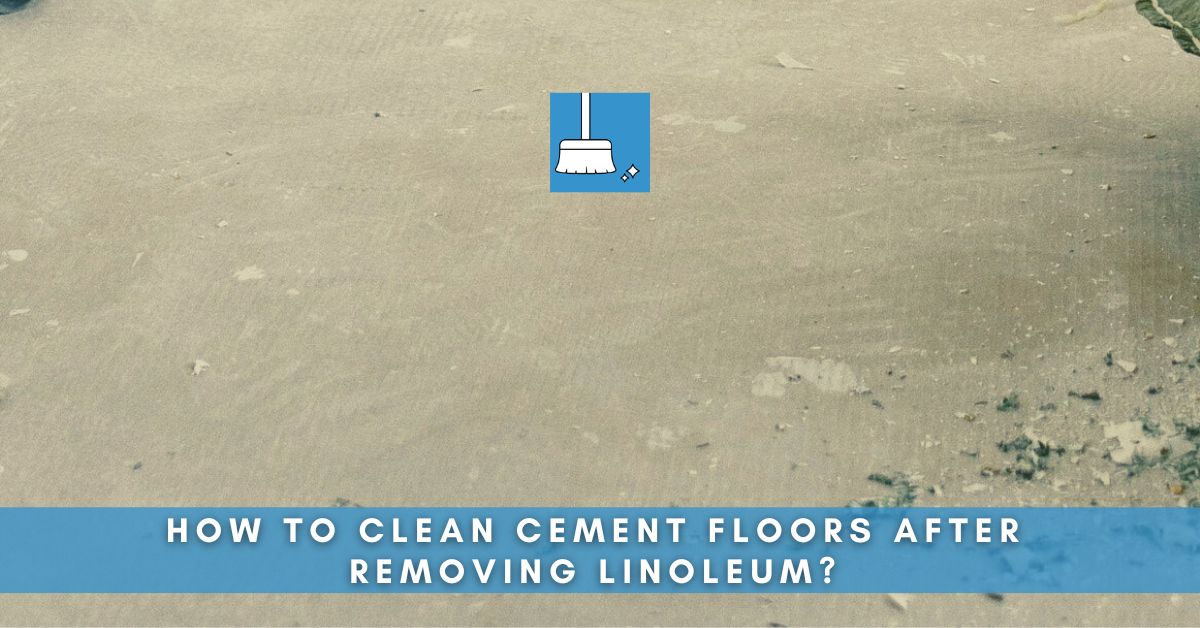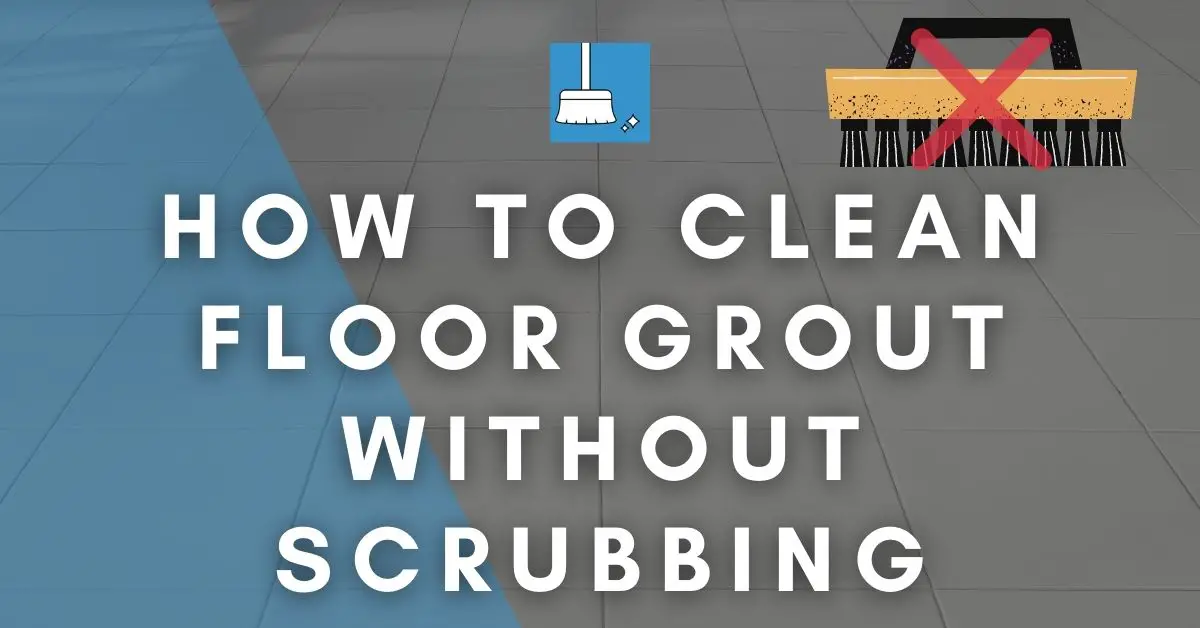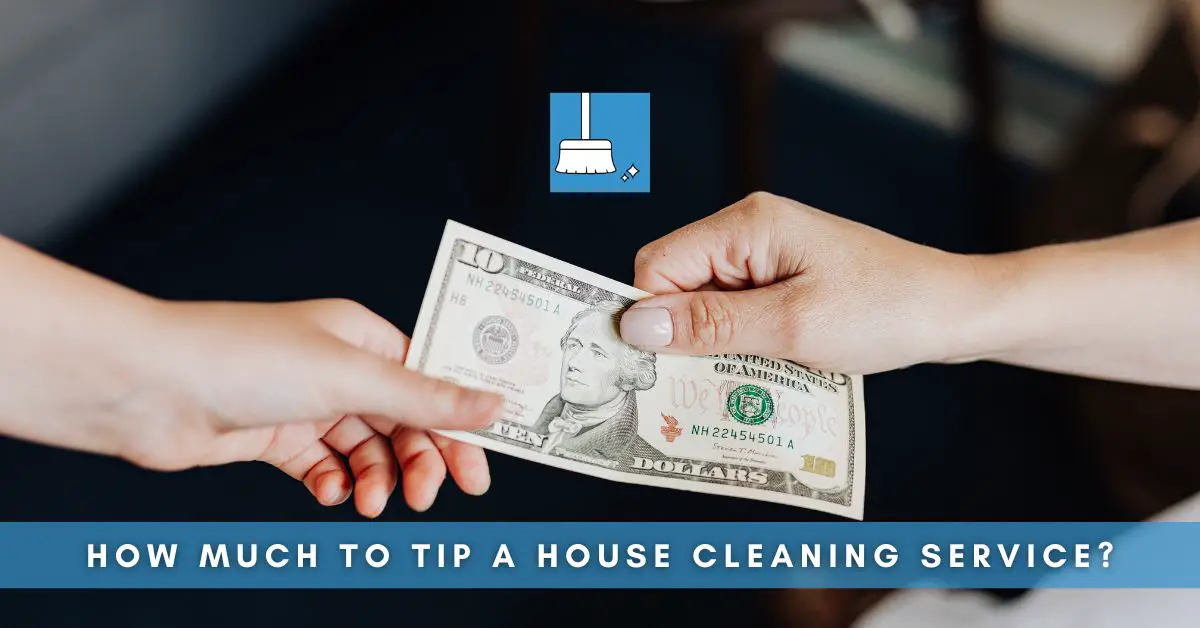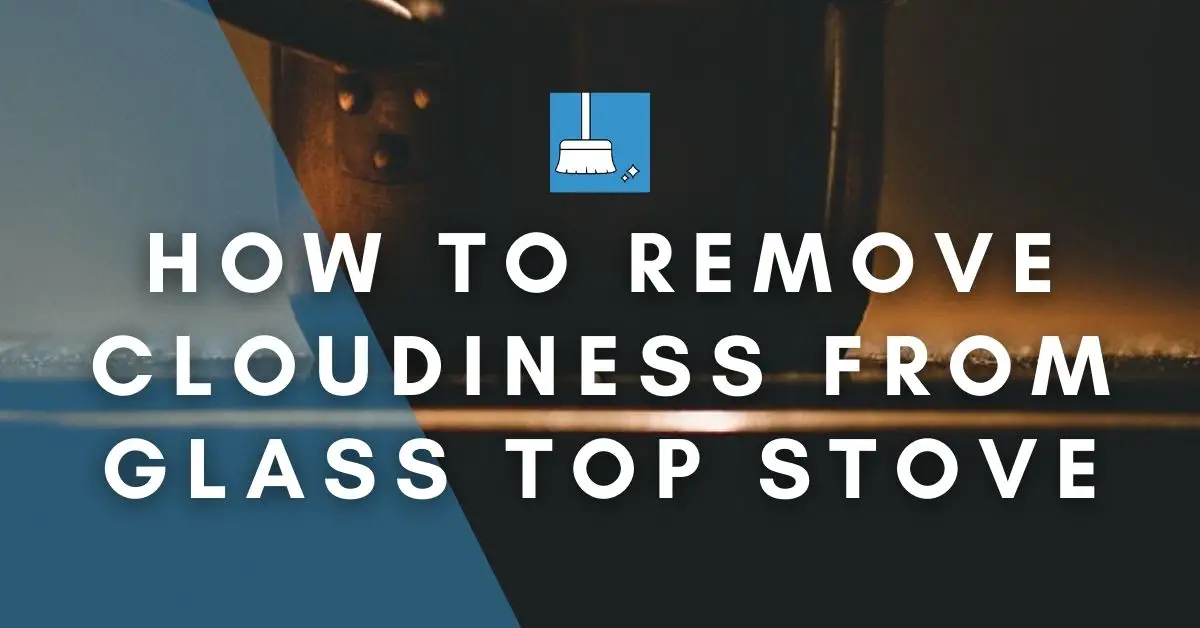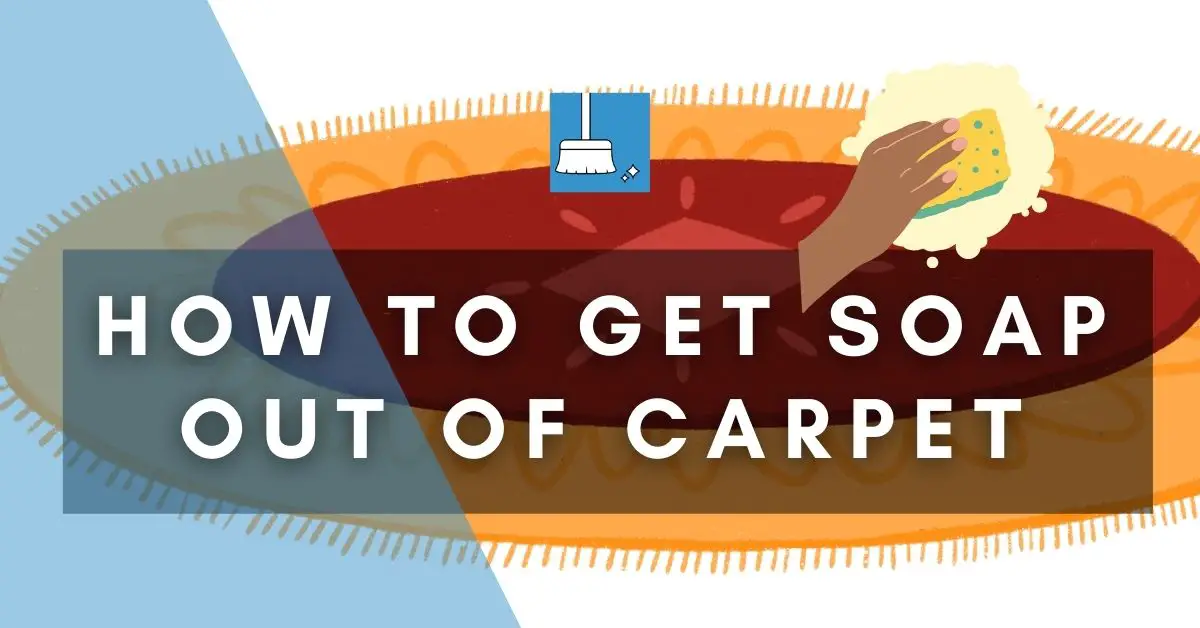Getting linoleum off your floor to put new flooring is easy, but getting the linoleum glue residue off your floor is a challenge. In this article, we will be discussing several methods of cleaning linoleum residue and glue from your cement floor.
How to Clean Cement Floors after Removing Linoleum?
There are several methods to clean the bare cement surface after ripping off the linoleum. Dust, debris and other residual pieces are minor problems but Glue sticking to the floor is the chief problem.
#1: The Hot Water Technique
This is the simplest method and best to be used when the glue is not too stubborn and the area is not too large.
YOU’LL NEED
1- Water
2- Scraper
3- Broom
4- Dustpan
5- Brush
STEPS
STEP 1- Get some hot water from the tap or heat water in a kettle (ensure it gets to a boiling point). Half a bucket is enough because you won’t be working on the whole floor at a time.
Working in small sections like this will protect you from burns. It also ensures that you can get rid of the glue before the water cools.
STEP 2- Pour the hot water on the floor and let it sit for a few seconds. Be careful when pouring the water; your hand should be close to the floor. The hot water will start melting the glue, making it very easy for you to clean up. You will also start noticing a smell oozing from the floor and you know it’s working.
STEP 3- Before the water starts cooling, you will need to take off the glue. Use a scraper or putty knife to scrape the adhesive and linoleum residue from the cement floor where you poured the hot water. You will notice the glue comes off easily with a little pressure. If the area is still hard, pour more hot water and it will soften.
Repeat this on all the sections of the floor until you have cleaned the whole floor. This can take a while depending on how large the room is.
STEP 4- Get rid of the adhesive residues with a broom and dustpan. This will get the large pieces of debris out of the way so you can clean the cement floor better.
STEP 5- Now use a hard bristled brush to scrub the cement floor. This will remove all linoleum glue residues from the floor and reveal the bare cement floor. Sweep and pack these also.
STEP 6- Use some warm water, detergent, and mop to clean the floor.
#2: The Heat Gun Method
If you don’t have a heat gun, you can use a hair dryer or iron.
Place newspapers on the cement floor and iron until that spot is very hot. Remove the newspaper and scrape off the glue.
YOU’LL NEED
1- Heat gun
2- Scraper
3- Broom
4- Dustpan
5- Sandpaper
STEPS
STEP 1- Wear a face mask because heating the linoleum glue will produce a smell you may not like. You should also keep a bucket of water nearby since you’ll be working with fire.
STEP 2- Heat the linoleum glue and scrape it with a putty knife, chisel, or scraper as it softens. The heat from the gun will melt the glue, so separating it from the cement floor becomes very easy.
You will be working with both hands so be careful. The heat gun will be in one hand and the scraper in the other. When you heat the floor, scrape it immediately. If you let it cool, the glue can become hard again and it will be difficult to clean.
STEP 3- Get rid of the debris with a broom and dustpan. If there are still areas on the cement floor with glue, you can sand them.
Sanding will effectively remove linoleum glue residue from your cement floor. It isn’t recommended as a method because it takes a lot of time to finish a room and the cost of sandpapers that will be needed to complete a room will be quite a lot.
STEP 4- Sweep and dispose of the debris after sanding. You can now install another floor or use the cement floor for whatever you have planned.
#3: Use Ammonia
Ammonia can weaken the bond between glue and cement as the adhesive is soluble in Ammonia.
YOU’LL NEED
1- Ammonia
2- Detergent
3- Water
4- Scraper
5- Mop
STEP
STEP 1- Pour 2 cups of ammonia into 1 gallon of water and add some detergent (for foam). Mix this solution thoroughly. To get better results, use hot water.
Ammonia is a strong chemical so you should protect your skin from accidental spills. Wear rubber gloves, long-sleeve clothes, nose mask and goggles. (Source)
STEP 2- Pour this solution on your cement floor carefully. Pour enough to soak the floor.
STEP 3- Allow the solution to sit on the cement floor for about 20 minutes. This will give the ammonia enough time to break the glue down and make it easy to clean up.
STEP 4- Use a scraper with a large blade to scrape your cement floor section by section. If some areas are still hard and the glue refuses to remove, just ignore them for now and move on.
When you are done, pack the debris and mop any excess water. Then repeat the process so that the stubborn areas can soften.
STEP 5- When you have successfully removed all the linoleum glue from your floor, you need to get rid of ammonia residue. Use fresh water to mop the floor. If you don’t mind the smell, you can add some vinegar to the water.
#4: Grind the Floor
To get an even floor, you have to use the grinder all over the floor and don’t keep it in a spot for too long.
Getting a commercial grinder can be expensive but it is worth the trouble if other methods didn’t work for you. If you can’t use it, you can hire someone for the job.
Two types of grinder are great for this job. The handheld grinder/ oscillating tool or commercial grinders (which you push). The commercial grinder will be better for cleaning your cement floor after removing linoleum because it is more powerful and efficient. It will also be faster.
YOU’LL NEED
1- Concrete floor grinder
2- Dust collector machine
3- Wet/dry vacuum (Optional)
4- Hose
STEPS
STEP 1- Attach your concrete floor grinder to a dust collector machine. This will prevent you from inhaling all the dust that the grinder will produce while getting rid of the dried glue. You will also avoid making a mess in your workspace.
Even better is to do wet grinding. This is however, a two person job as one will grind the floor and the other will vacuum up the water from the floor using a shop vac.
STEP 2- Turn on the grinder and start moving it over your cement floor. Do this section by section going back and forth, and side to side.
STEP 3- Once the floor has been grinded, rinse it using a hose.
#5- Give Trisodium Phosphate a Try
TSP can be effectively used for adhesive removal, whether of wallpapers or linoleum floor.
YOU’LL NEED
1- Trisodium Phosphate
2- Safety gear
3- Bucket
4- Hot water (1 gallon)
5- wooden spatula
6- Scraper
7- Hard bristled brush
8- Mop
9- Fresh water
STEPS
STEP 1- TSP is highly effective at breaking down linoleum glue for easy cleaning but you have to be very careful when using it because it is a strong chemical.
Wear safety goggles, chemical-resistant gloves, long-sleeve clothes, and long pants.
STEP 2- Pour 1/2 cup of TSP into 1 gallon of hot water and mix in a bucket. Stir it well with a wooden spatula until the TSP powder evenly mixes with the water.
STEP 3- Pour this solution all over the cement floor and let it soak. If you need more solution, mix another batch of hot water and TSP. Just keep the measurement in mind.
STEP 4- Let the TSP solution soak on your cement floor for 1 or 2 hours. The chemical will eat into the linoleum glue and paper, making it easier to separate from the floor.
STEP 5- Use a scraper to scrape the linoleum glue off the cement floor. It will come off easily and you can sweep the debris.
STEP 6- If there is stubborn stuck-on glue still on the floor, dip a hard bristled brush in the TSP solution and use it to scrub the floor. The glue will come right off.
STEP 7- Rinse the cement floor with fresh water and mop it. This is to remove the TSP residue from your floor.
Conclusion!
Cleaning a cement floor from the cement floor after removing the linoleum requires a bit of elbow grease. Simple hot water & scraper, or a heat gun, or ammonia, or TSP can do the job most times. But in hard cases, a heat gun or a floor grinder might be needed.

